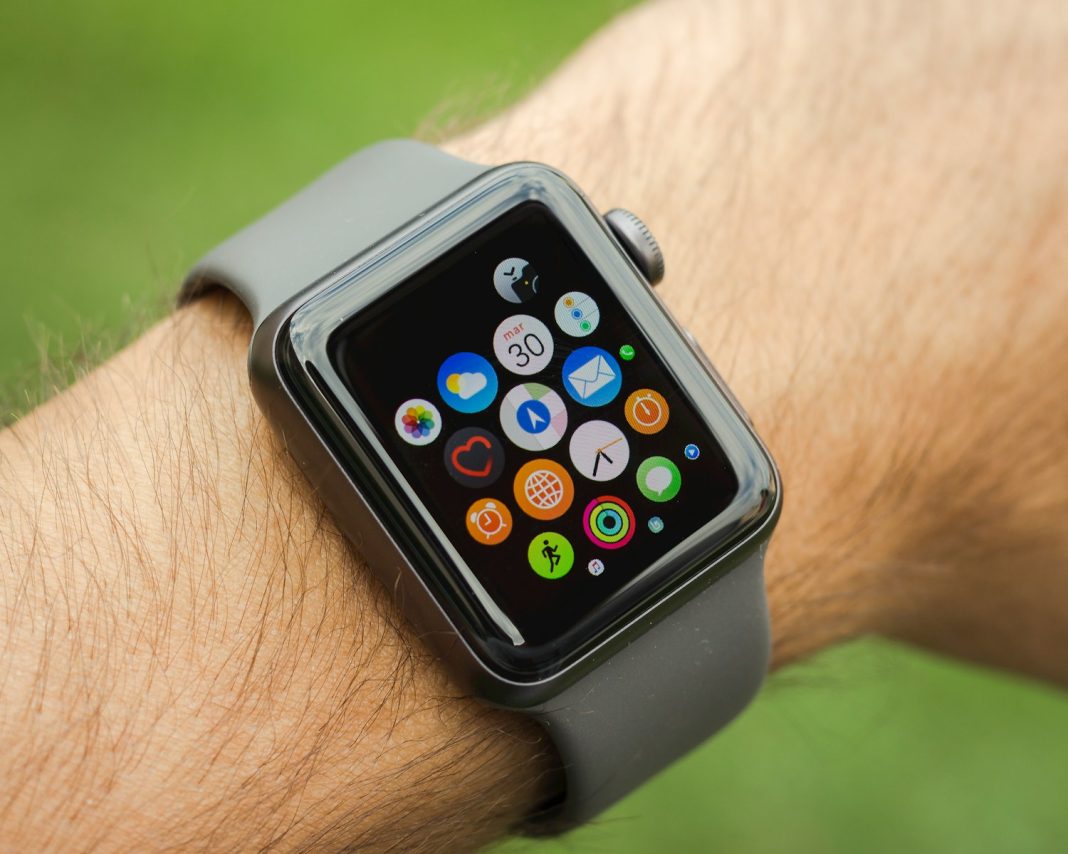In the hustle and bustle of modern life, where time is precious and health is paramount, smartwatches have emerged as more than just gadgets – they’ve become indispensable tools for millions, empowering individuals to take charge of their health like never before.
These sleek wrist companions seamlessly blend technology with health monitoring features, offering users a window into their well-being throughout the day. From tracking morning runs to monitoring sleep patterns, smartwatches have revolutionized the way we perceive and manage our health.
Yet, amidst their growing popularity, questions linger about the distinction between health aids and medical devices, and the regulatory frameworks that govern them.
In the United Kingdom, the definition of a medical device is clearly outlined in the Medical Devices Regulations 2002 (UK MDR). Under these regulations, devices are classified based on their risk level, ranging from low-risk items like stethoscopes to high-risk implants such as pacemakers. The regulatory framework ensures stringent standards are upheld to safeguard users’ well-being.
However, smartwatches, while brimming with health features, do not fall under the categorization of medical devices. Despite their ability to measure heart rate, track sleep, and even detect irregular heart rhythms, they lack the regulatory scrutiny imposed on traditional medical devices.
The Medicines and Healthcare Products Regulatory Agency (MHRA) oversees medical devices in the UK, ensuring compliance with regulations and safeguarding public health. Yet, the agency’s oversight does not extend to smartwatches, leaving a gap in regulatory coverage.
Distinguishing between devices intended for medical purposes and those designed for general health and wellness poses a significant challenge. While traditional smartwatches primarily focused on fitness tracking, recent advancements have blurred the lines. Features such as electrocardiogram (ECG) monitoring and atrial fibrillation detection push the boundaries of their intended use.
Take, for example, the latest iteration of the Apple Watch, which boasts capabilities to detect atrial fibrillation. In the United States, Apple received clearance from the Food and Drug Administration (FDA) for this function, signalling a foray into regulated healthcare.
Moreover, innovative biosensors like the Nix Biosensor device, when paired with smartwatches, offer real-time monitoring of hydration levels. These advancements represent a paradigm shift, with devices traditionally confined to clinical settings now accessible to consumers.
However, as the capabilities of smartwatches expand, concerns arise regarding user privacy and data protection. Personal health data, classified as a “special category of data,” falls under stringent regulations outlined in the UK General Data Protection Regulation (UK GDPR) and the Data Protection Act 2018 (DPA).
The Information Commissioner’s Office (ICO) has underscored the importance of privacy safeguards, particularly in health-related apps. With users entrusting sensitive information to these devices, robust privacy measures are imperative to maintain trust and compliance.
In parallel, the Medicines and Medical Devices Act 2021 (MMDA) and the appointment of the Patient Safety Commissioner aim to bolster patient protections in the digital health landscape. Additionally, the National Health Service (NHS) now evaluates digital tools using the digital technology assessment criteria (DTAC), ensuring efficacy and safety.
Clear guidelines and regulations are essential to navigate the evolving intersection of technology and healthcare. Striking a balance between fostering innovation and safeguarding user care is paramount, ensuring that smartwatches continue to empower individuals on their journey towards better health.
As technology evolves and smartwatches inch closer to the threshold of medical devices, regulatory bodies must adapt to safeguard public health and privacy. With the right frameworks in place, smartwatches can continue to bridge the gap between health and technology, empowering users to lead healthier, more informed lives.


